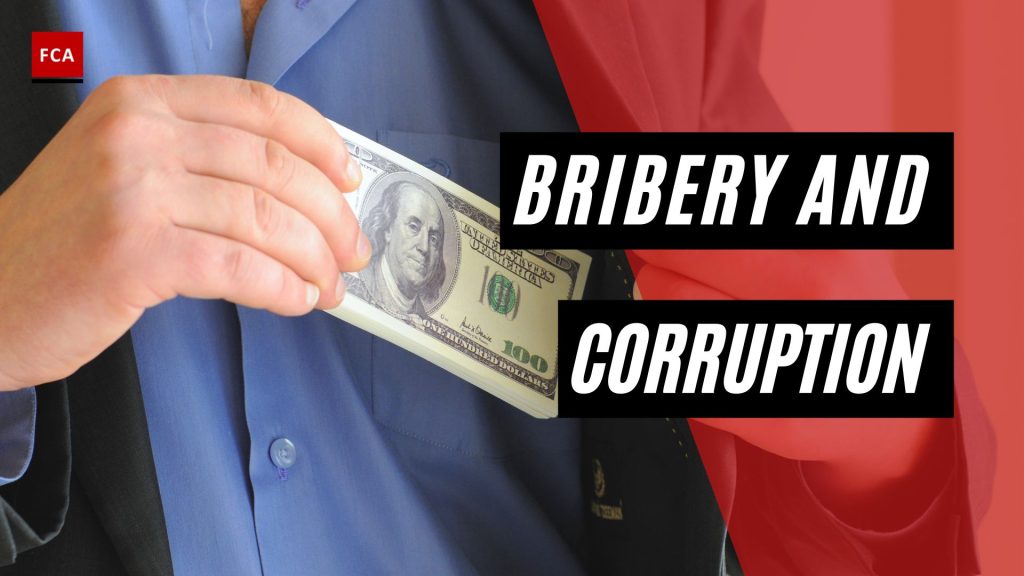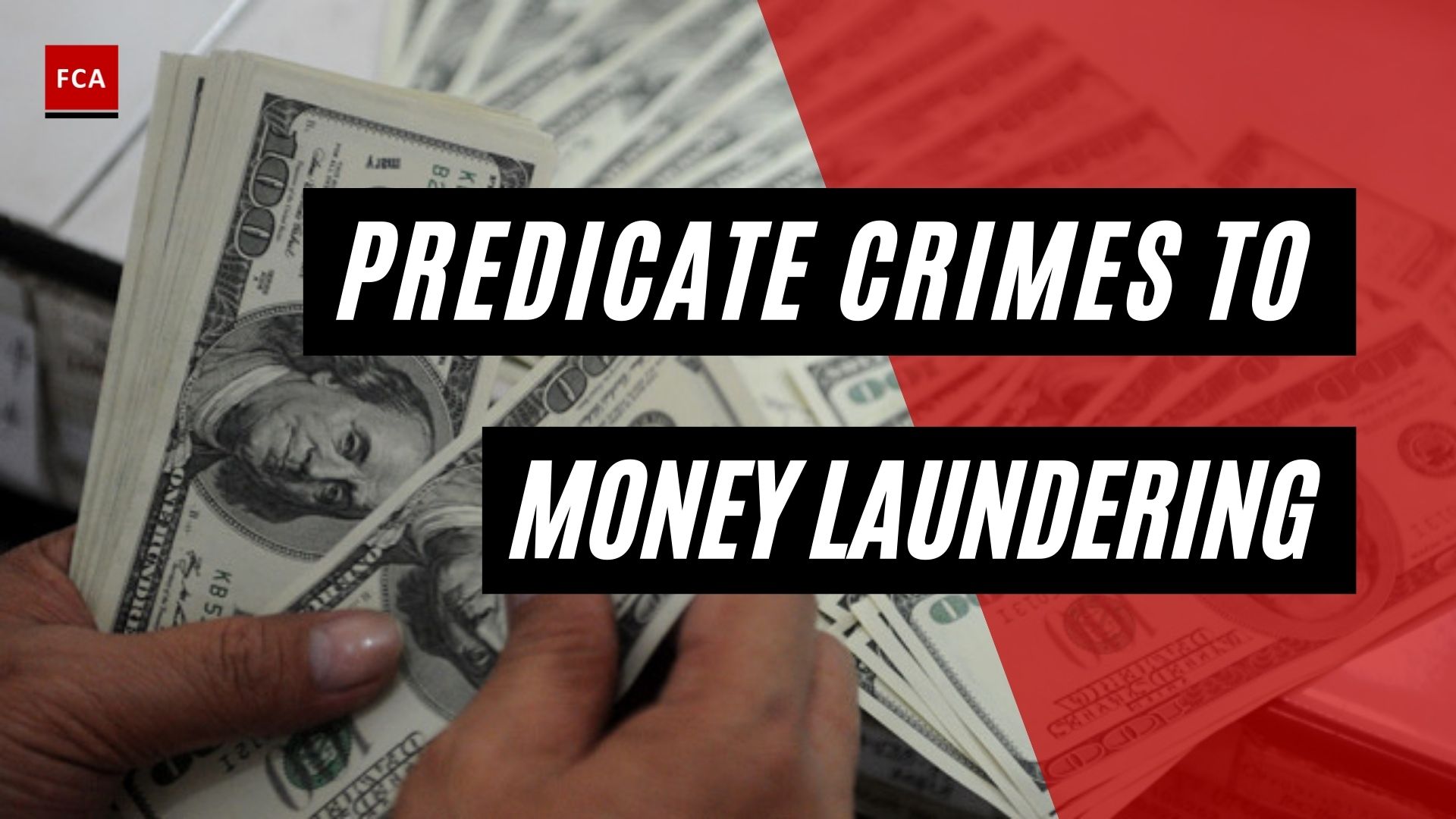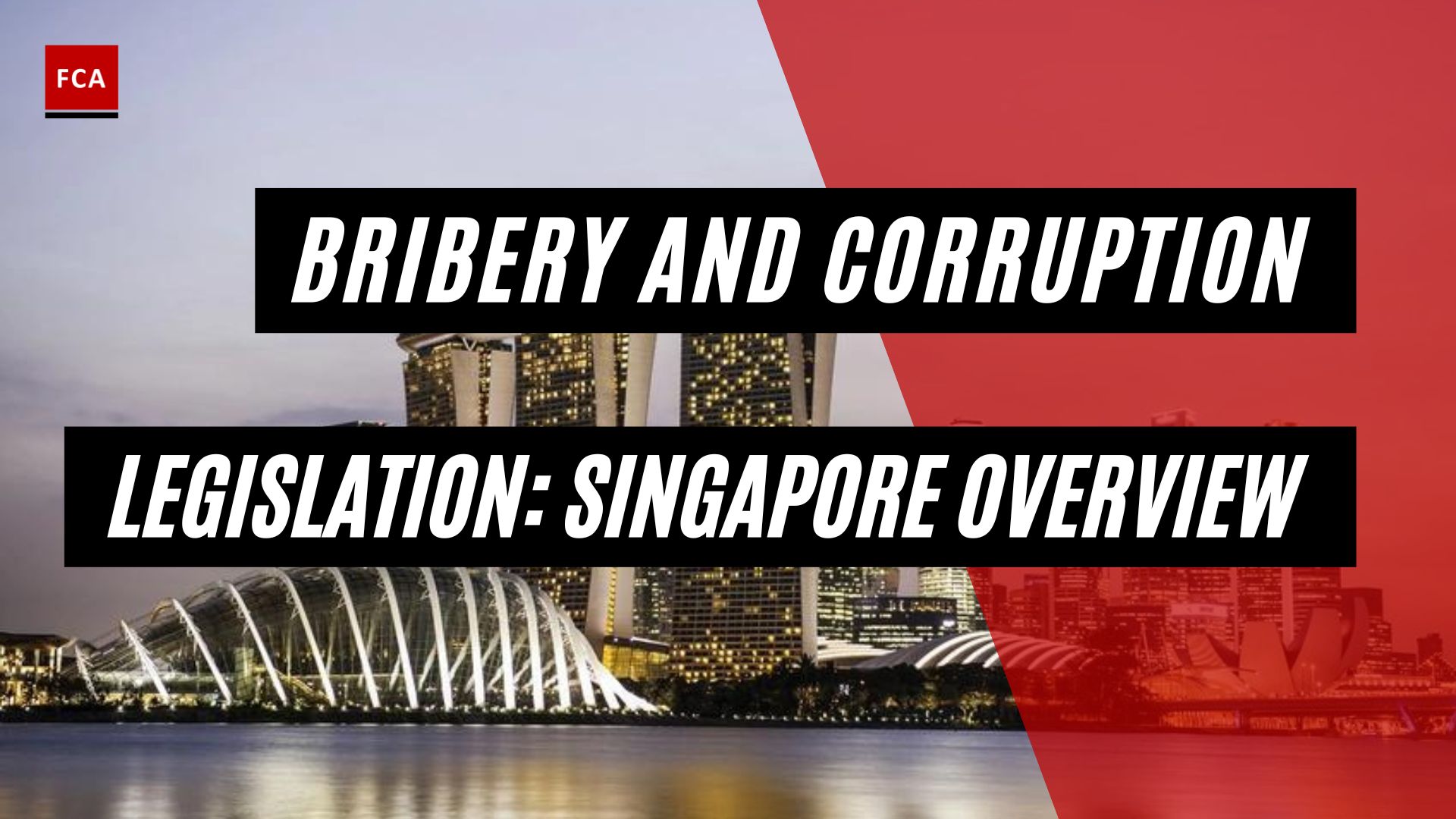What exactly is bribery and corruption? Corruption is defined as dishonest or fraudulent behavior by those in positions of power, typically involving bribery. Bribery is defined as offering, giving, or receiving something of value with the intent of inducing or rewarding someone for acting.
It is necessary to be aware of the following important postulate to build anti-corruption compliance in a company:
- You Need to Know the Enemy by Sight: It is only possible to set up an effective system for preventing corruption risks by understanding the real mechanics of how this corruption occurs in the company. Each company is a separate kingdom with its traditions and business processes, but fortunately or unfortunately, no one reinvents the wheel. Let us talk in more detail about typical schemes of internal corruption.
- Prohibition on the Application of the Principle “For the Show”: It is sad, but all companies, from small to large, are guilty of this. Anti-corruption policies downloaded from the Internet are self-deception. Even such a basic document as the anti-corruption policy should be based exclusively on the business processes specific to your company.
- Collective Irresponsibility is the Best Friend of Corruption: The company must have a person who will perform the functions of an anti-corruption compliance officer – director, inspector, or head of a structural unit. It can be any person who has the necessary competencies and will be able to control the “course” of corruption in the company.
- Responsibility for Corruption: Dismissal of a corrupt official is the first thing the owner can do, but the Labor Code of Ukraine does not contain grounds for dismissal of a person in connection with a corruption offense or the loss of trust, so an approach to the guilty person must be more sophisticated, to what we will pay attention further.

Bribery and Corruption: Anti-Corruption Policy
Zero tolerance for any manifestations of corruption is the basis of the corporate culture, which must be reflected in the internal anti-corruption policy.
The whole office staff must be familiar with the anti-corruption policy and put their signatures on it. Employment agreements for “risky” positions must contain warnings concerning sanctions for the violations of the internal anti-corruption policy. The effect achieved through such measures is preventive. Even if a latent corrupt official thinks he has a profitable position, the sobering effect will be achieved in most cases.
It is possible to dismiss an employee under the article for fraudulent actions but only in case of a court decision that has entered into force. The grounds for dismissal are in Article 40 of the Labor Code of Ukraine, committing theft of the owner’s property at the place of work, established by the court sentence that has entered into force, or the decision of the body the competence of which includes the imposition of administrative penalties or the application of public influence.
For most employers, this is an unlikely scenario. It takes too long and could be more effective only if the scale of the theft is impressive. As a rule, the employee caught red-handed quits by themself and did this very quickly. Initiating a criminal case obscures the corrupt official’s prospect of defending their labor rights.
The most balanced decision will be contractual warnings and the additional grounds for dismissing an employee specified in the agreement.
Widespread Corruption Schemes
- Kickbacks from Counterparties
The corruption risk takes the honorable first place by prevalence. A kickback is an opportunity for managers of various levels to make a personal profit.
These schemes are most often manifested in the following interactions:
- Manager purchaser;
- Head of the sales department;
- Head of the purchasing department;
- The top manager of the supplier firm; and
- The top manager of the customer firm.
Here are some popular schemes of kickbacks:
- Discounts and bonuses are unreasonably provided to the buyer. The customer is chosen at the discretion of the manager. The size of discounts varies between 15 to 20 percent.
- Providing long-term installments for the counterparty.
- Purchase of goods at inflated prices, on unfavorable terms, or of poorer quality.
- The winner of the tender is the company with a dubious reputation, with a small range of products or high prices.
- Payments with a Corruption Motive
Bribes can be offered for the following “services”:
- Market entry or the payment for the fact that the purchaser of the company has chosen this company as a supplier;
- Expanding a quota, increasing the volume and range of goods purchased and services;
- Granting preferences and preferential terms, such as prepayment, commodity lending, etc., to a certain supplier.
- Distortion of Real Prices for Goods or Services
In essence, it is a theft of assets. It often happens by inflating prices and paying for goods that do not correspond to the price and quality, making a defective delivery, under-delivery, and issuing fictitious invoices.
- Agreements with Interest
Interested persons create an affiliate company, register it with their acquaintances or relatives and do everything to ensure that this company wins the tender. It is typically used by the top management to siphon off income or assets in their interests and to siphon off debts and losses to embellish statements.
Most often, parallel business is run by the company managers if they have access to the sales and purchase transactions of the company. Using their official powers, they facilitate the conclusion of agreements with a “friendly” company. Doing parallel business by managers is possible due to the lack of control over the choice of counterparties under the agreement.
- Purchase of Non-Existent Services From an Individual Entrepreneur
This scheme can lead to increased marketing costs, expenses on consulting, and legal assistance. It is a very popular scheme due to the simplified procedure for individual entrepreneurs’ bookkeeping. In essence, it is also a theft of assets. The company agrees to the provision of services and pays for those that do not exist.
Manipulation with services is the most common form of corruption. It is difficult to confirm the volume of services provided, and the amounts spent on such services by companies can be huge.

The essence of fraud consists of the following:
Payment for services that may be quite real but at an inflated price is transferred to the individual entrepreneur, that, in their turn, for a certain fee, siphons off them to the necessary companies or individuals; and
The agreement with such a company is concluded at an inflated price for a kickback to the employee who helped conclude the profitable agreement.
How Does Anti-Corruption Compliance Work?
- Forensic Audit: A risk assessment by independent law firms or audit companies is popular with large and medium-sized businesses.
- Anti-Corruption Policy: As lawyers say: “The document must breathe.” The essence of the anti-corruption policy is to reflect real business processes and associated risks.
- Staff Notation: The main goal is to remove an employee from a familiar spot and to rotate by working with customers and suppliers periodically.
- Online System for Monitoring Corruption Risks: At the heart of such systems is daily data analysis. The system for monitoring corruption risks is a solution that can suit large network companies with large volumes of purchases and numbers of suppliers.
- Security Service or Inspector: The modern security service is a systematic analysis of data, detection of risky transactions, analysis of agreements, a study of an employee’s profile and their links, and data visualization.
Final Thoughts
Anti-bribery and corruption compliance (also known as ABC compliance) is critical for your organization because noncompliance poses significant risks. It is also significant because bribery and corruption dehumanise people and undermine economic growth and opportunity. To avoid such harm and positively contribute to societal growth, you must have ongoing anti-bribery and corruption compliance procedures in place. If you do not have one, you must instal one. If you already have one, there’s nothing stopping you from improving it.









